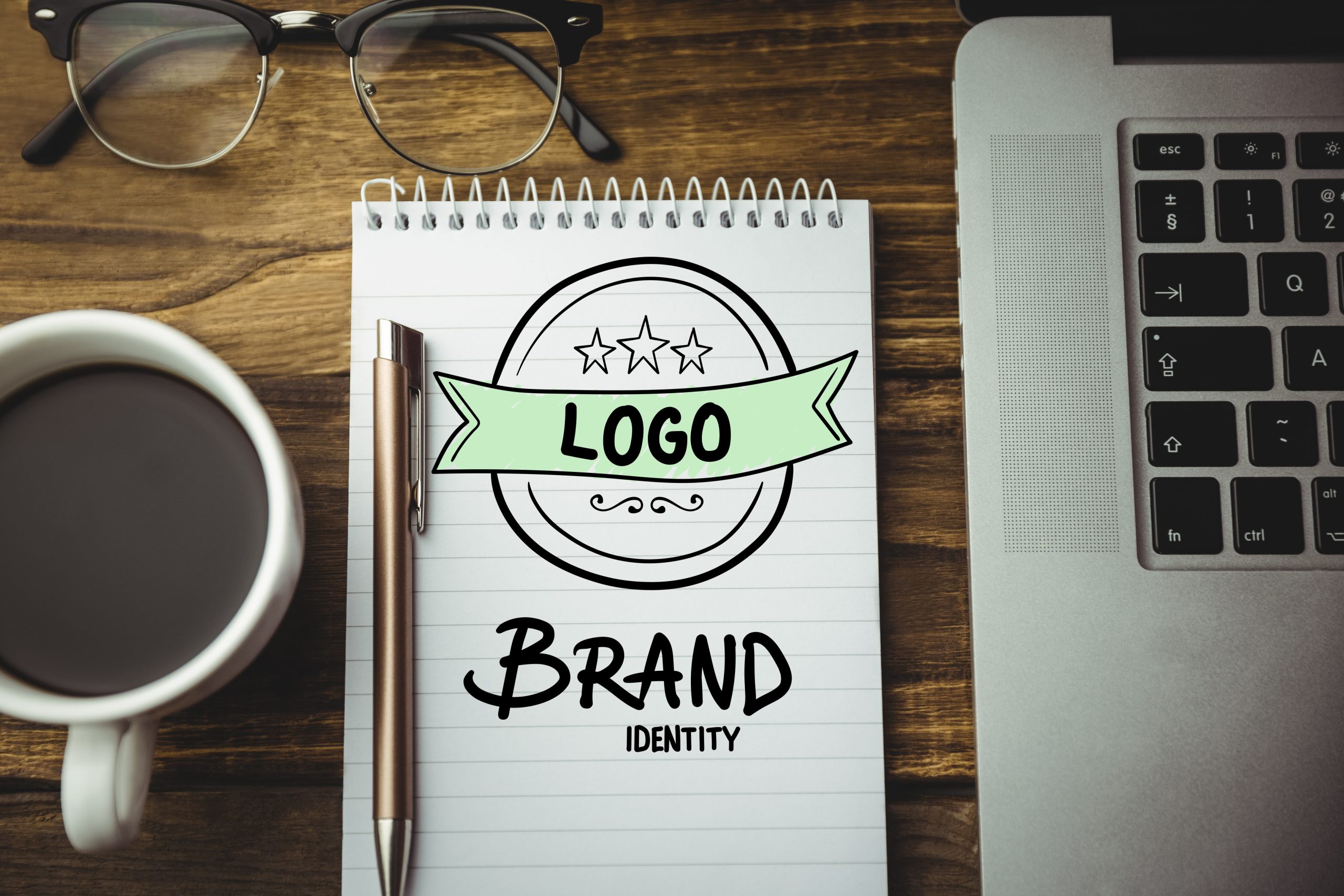How to Design a Logo That Reflects Your Brand Values
Your logo is the face of your brand—it’s what customers recognize, remember, and often judge you by. But a great logo does more than just look good. It tells a story, evokes emotion, and most importantly, reflects your brand values. If your logo doesn’t align with your mission and identity, you risk sending the wrong message to your audience.
In this guide, we’ll walk you through the key steps to designing a logo that authentically communicates your brand values and connects with your audience.
1. Understand Your Brand Values
Before you dive into the design process, you need a clear understanding of your brand’s core values. Ask yourself:
- What does your brand stand for?
- What is your mission and vision?
- What emotions or thoughts do you want your audience to associate with your brand?
Whether your brand is built on sustainability, innovation, tradition, or simplicity—these values should be the foundation of your logo design.
2. Know Your Target Audience
A logo that resonates with your audience is one that speaks their language. Identify your ideal customer and their preferences. Are they young and trendy? Professional and conservative? Eco-conscious and minimalist?
Your logo’s color, typography, and style should reflect what appeals to the people you’re trying to attract, while staying true to your brand’s essence.
3. Choose the Right Colors
Color psychology plays a major role in how your brand is perceived. Each color evokes specific emotions and associations:
- Red: Energy, passion, urgency
- Blue: Trust, professionalism, calm
- Green: Growth, health, eco-friendly
- Yellow: Optimism, warmth, friendliness
- Black: Sophistication, luxury, strength
Select a color palette that reflects your values and aligns with your brand personality.
4. Pick Fonts That Communicate Character
Fonts are more than just stylistic choices—they have personality. Choosing the right typography ensures that your logo feels aligned with your values. For example:
- Serif fonts suggest tradition, authority, and trust
- Sans-serif fonts feel modern, clean, and approachable
- Script fonts convey elegance, creativity, or a personal touch
The typography in your logo should match your brand’s tone and character.
5. Incorporate Symbolism
Icons and shapes can convey meaning beyond words. Consider how visual symbols can represent your brand values. For example:
- A leaf or tree could symbolize sustainability or growth
- A shield might suggest security or protection
- A light bulb may represent innovation or creativity
Symbols are powerful tools when used with intention.
6. Keep It Simple and Memorable
The most iconic logos—Apple, Nike, McDonald’s—are simple and easy to remember. Your logo doesn’t need to be overly complex to communicate your values. In fact, simplicity helps ensure your message is clear and instantly recognizable.
A clutter-free design is also more versatile across different platforms—whether it’s on your website, business cards, packaging, or social media.
7. Test and Refine
Once you’ve created a logo design, test it with internal teams and potential customers. Gather feedback about how the design makes them feel and whether it aligns with your brand’s personality. If it’s not hitting the mark, refine and iterate until it does.
8. Ensure Scalability and Versatility
A great logo works across all mediums and sizes. Make sure your design is scalable—looking just as good on a smartphone screen as it does on a billboard. It should also be effective in black and white, in color, and across various backgrounds.
Conclusion
Designing a logo that reflects your brand values isn’t just a creative task—it’s a strategic one. By grounding your design in what your brand truly represents and considering how every element supports that identity, you’ll create a logo that resonates, endures, and builds trust.
When your audience sees your logo, they should immediately understand what you stand for. That’s the power of thoughtful, value-driven logo design.





